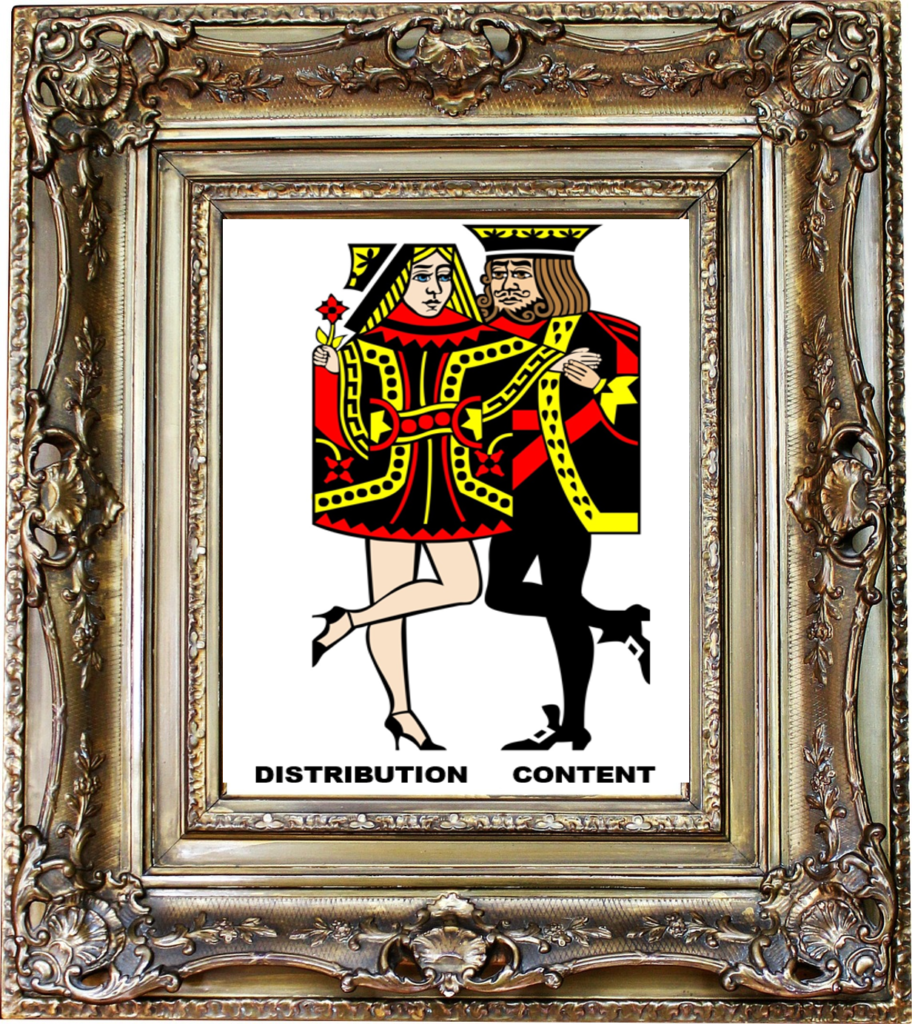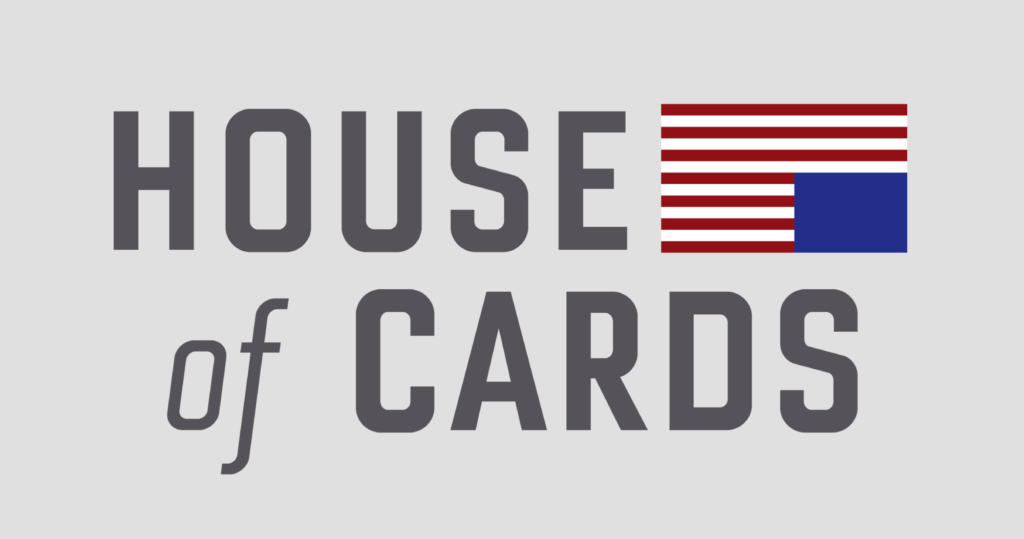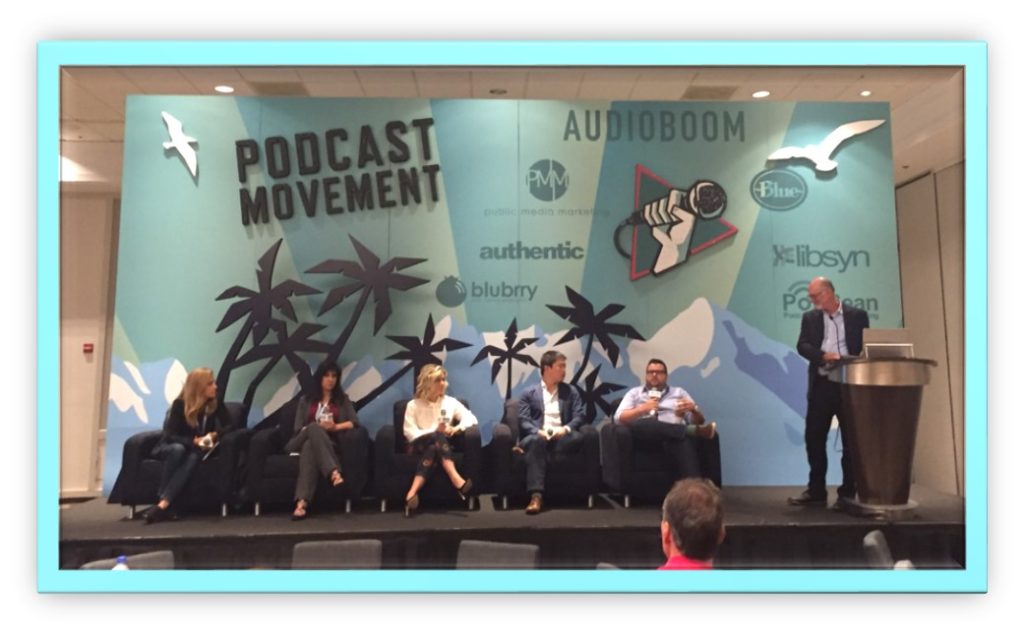
It was telling that last week while I was learning at Podcast Movement, the media world was still being rocked by an important decision by Disney. They recently decided to leave Netflix – an important piece of their recent success story – to build their own distribution platform.
Disney has always been a “content first” company, from the days that its founder – Walt Disney – ran the show. This new strategic twist runs directly against the mantra that has guided the media world since Bill Gates purportedly uttered the words:
CONTENT IS KING
As The New York Times reported last week, after investing billions in various content companies over these past few years (Pixar, Marvel Entertainment, and LucasFilm), Disney is now reassessing its time-honored model by shifting more of its focus to distribution.
In “Disney, Ditching Netflix, Grabs a New Key to the Kingdom,” James B. Stewart suggests that the ways in which Disney’s amazing content will be distributed may cast an even wider shadow on the media world.
He quotes an important question posed by Piper Jaffray analyst Michael Olson:
“Is the network – the platform – now most important?”
Back in 2015, we wrote a blog post – “..and Distribution is Queen” – suggesting that while content is indeed of paramount importance, distribution was becoming a critical partner in the quest for media success. The Disney decision reinforces that premise, and underscores the notion that media brands need to concentrate their energies on both content and distribution in order to achieve success – and survival.
It’s important to keep in mind that Netflix used to be just a a distribution company. They were how you watched movies – and later television. And the big movie studios (like Disney) didn’t hesitate to ensure their content showed up on this distribution outlet that has exploded in subscribership during these past few years.
 But when Netflix started focusing on content – and their seminal moment occurred with the development of “House of Cards” – all bets were off. When you create great content, control distribution, and have a direct connection with millions of consumers, you have the makings of an unstoppable media brand.
But when Netflix started focusing on content – and their seminal moment occurred with the development of “House of Cards” – all bets were off. When you create great content, control distribution, and have a direct connection with millions of consumers, you have the makings of an unstoppable media brand.
Disney “gets” this, and now feels it needs to control its own distribution if it is to remain one of the big players in the media and entertainment world.
The radio industry should be paying attention because distribution is an area where it traditionally has struggled. Anchored to towers and transmitters, radio companies have been slow to develop true distribution strategies, assuming that great content would overcome any barrier.
But that other mantra – “If you build it, they will come” – may have worked for Kevin Costner in “Field of Dreams,” but it is rapidly breaking down in today’s media environment.
It is simply no longer enough to have compelling morning teams, great talk shows, sticky benchmark bits, and intricately constructed music scheduling systems if consumers are moving to other platforms and away from traditional radio.
Now you can make the radio reach case and quote the 90%+ Nielsen data. And that’s impressive for a traditional broadcast platform like radio. It means most people are still tuning in on regular radios – a good sign, and something that broadcasters should be proud of.
But when key chunks of your audience are gravitating away, spending more and more time with podcasts, accessing content on apps, and calling up programs on smart speakers, the traditional content monarchy strategy falls short.

At Podcast Movement, it was striking how many conversations started out talking about content, but ended up swerving into distribution. As attendees heard again and again, it’s not just about how your podcast opens and its length.
It’s about how and where people will find it. Many panels and keynotes talked about listening to podcasts on smartphones and apps or via smart speakers like Alexa. An ongoing theme revolved around the reality that simply making a cool podcast is no longer enough. Sweating the distribution is becoming just as important.
If they can’t find your station on their Amazon Echo, you don’t have an app (or the one you have sucks), or a simple search doesn’t locate your podcast on Apple’s Podcasts app, then all that work you put into your content goes for naught.
And that’s why it fascinating to see how many media brands have created the position Chief Content Officer but have dropped the ball when it comes to how and where all that great programming will be enjoyed by consumers. The idea of a CDO – Chief Distribution Officer – working in tandem with content teams – programmers, jocks, producers, digital people – might ensure all this great stuff is going to the right places.
It starts with data – knowing your audience and their preferred distribution outlets and gadgets. That’s why when I come calling in a couple months to ask your station to participate in Techsurvey14, take my call or return my email. Spending a few hundred bucks to understand your brand’s distribution attributes is a small price to pay every year, given what’s at stake for your brand(s).
The most entertaining content on earth – or in your local market – won’t overcome a lack of investment in strategic distribution strategies.
Disney CEO Robert Iger would be happy to explain that to you.
- Radio’s New Audience Equation: Z Over Y = Trouble - May 1, 2025
- What Is It With Female Robot DJs? - April 30, 2025
- Why “Dance With Those Who Brung You” Should Be Radio’s Operating Philosophy In 2025 - April 29, 2025




Not sure of the title but stations need swat teams or experienced experts allowed to mix with all departments. Maybe my bad for the want ads for Digital Content confuse me; Digital is Delivery, Content is the Secret Sauce that brings ’em in the door. How ’bout old fashioned R & D Think Tanks? You’re welcome. Hope Austin dries out by next week. Clark, Boston. http://www.broadcastideas.com
Clark, bottom line is that both delivery and content are now essential if brands are to succeed – especially for radio. Thanks for the comment.
I still think its more about content than delivery platform. People are listening to podcasts because they offer something they can’t get elsewhere, more than because they’ve grown tired of radio’s platform. If radio had provided what are now podcasts (same content) on its websites and apps, the whole movement might have been precluded and owned by radio as brand extension. Same with Pandora and Spotify. It isn’t, but if Pandora was available via FM instead of streaming, IMO it would have done just as well and maybe better. The platform was clunky and expensive as Pandora rolled out and grew, which I think points to its content as the driver, not its delivery platform. Spotty cell coverage, phone to dash wires and messy log ins were all SOP in Pandora’s early days, yet it grew like crazy anyway.
Yes, radio needs to be accessible via Echo and all of the other voice activated hardware, but win it before you can buy it, two-fer Tuesday and C-list celebs via satellite tour on syndicated morning shows won’t be any more attractive from Alexa than a push button radio.
Yes, radio needs to be available from where people get their content, but if its product isn’t competitive, it won’t matter. Does anyone doubt that if Howard was still on terrestrial radio that he’d still get great ratings?
You’re correct that if content isn’t covered, distribution is tertiary. That’s why the Disney decision is so interesting. They have fantastic products and brands, but now need to rethink how they reach consumers. Similarly, Stern would find an audience on CB radios. While the radio industry as a whole has a checkered content history, there are a lot of great brands and personalities on both the AM and FM bands that need to be thinking about how their audience will access them beyond their transmitters and towers. Thanks, Bob, for continuing the conversation.
Great points, Fred. Think about practical reality. “Radio” long ago lost the battle for the nightstand because the industry didn’t understand the need to be platform agnostic. The battle for the dashboard is next. Anybody who has demoed Apple’s Carplay knows that radio’s advantage in the car is short-lived. That’s a battle the industry cannot afford to lose. By ignoring distribution, or doing it poorly, for far too long, great brands and content have been devalued.
We’re on the same page, Andy. It’s why we’ve been ringing the bell for several years now about the car. And it’s also why we have to not ignore smart speakers like the Amazon Echo. The industry has taken distribution for granted for too long. Thanks for the comment.
Love all of your wisdom! Thank you for sharing. While you are in Austin, TX this week for RAB – we’d love for you to swing by Crista Media’s Spirit 105.9. Julie Smith, Digital Sales Specialist
Julie, thanks for the kind comments. Come by the Marriott. Would love to say hi.